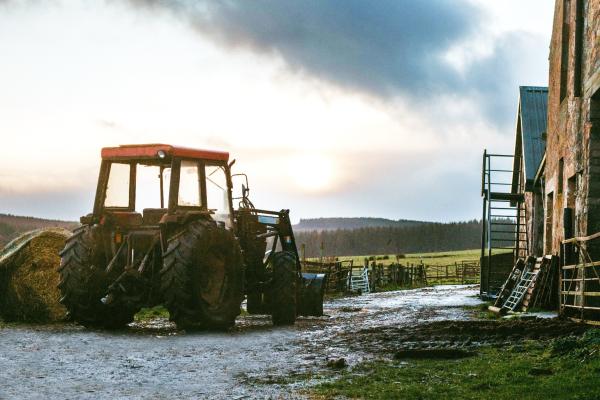High Court Ruling on Right of Way Dispute
In resolving right of way disputes, judges’ first port of call is to the precise wording of relevant property deeds, as illustrated by any plans attached to them. However, as a High Court ruling showed, topography and a common sense approach to enable full use of the right of way can also have a crucial part to play.
The owner of a farmhouse claimed a vehicular right of way – known as an easement – to and from his property over neighbouring land, through a yard and from there onto an unclassified highway. He contended that the right of way was established by a deed entered into by him and previous owners of the land.
However, the current landowner argued that, on a true reading of the deed and its accompanying plan, the right of way came to an end at a gate, or in the middle of the yard, and in any event some metres short of the highway.
Ruling on the matter, the Court noted that the deed described the right of way as passing between two points on the attached plan, marked A and C. The plan showed point A in the yard, some distance from the highway. An area of yellow shading, indicating the extent of the right of way, stopped at the gate.
However, the deed referred to the right of way as an ‘accessway to gain access to and egress from’ the farmhouse owner’s property. In upholding his interpretation of the deed, the Court found that it would be straining the meaning of those words to read them as conferring a right of way only to and from the gate, or the middle of the yard, rather than to and from the highway beyond.
The yellow shading was of limited assistance in that its purpose was only to illustrate the right of way’s approximate route. The farmhouse owner’s undertaking, contained in the deed, to close the gate after passing through it was a further indication that no one had intended the right of way to stop at the gate.
An ordinary reader of the deed would find the landowner’s interpretation surprising and would conclude that the intention of the deed’s signatories was to provide access and egress between the highway and the farmhouse owner’s property for all purposes connected to its use as a private residential dwelling. Had it been necessary to do so, the Court would have rectified the deed to that effect.
Weaver v Smith.
